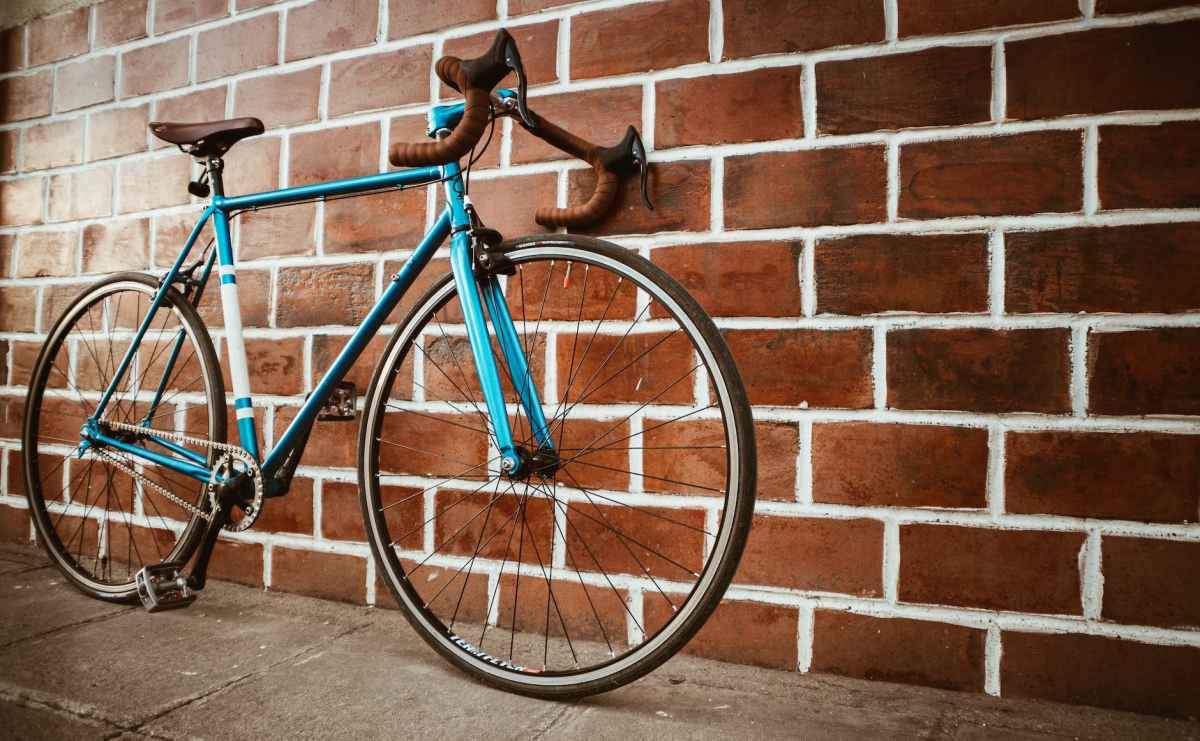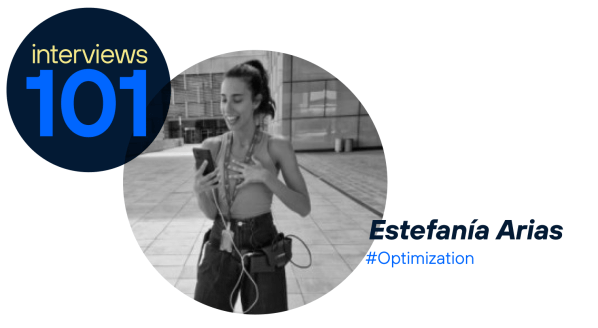Technology is essential to increase the impact of sport by increasing the possibilities of interaction between fans, as well as allowing a greater degree of visibility with live broadcasts of any event with fewer technical resources than were required until now.
Another aspect in which technology and sport coincide is the digitization of sports facilities, increasing efficiency and allowing fans to enjoy better experiences with the help of technologies such as 5G.
In addition, monitoring with various technologies (such as IoT or big data) the technical and physiological aspects of athletes serves to improve performance. It can also have a positive impact on their health and even extend their careers.
Let’s take a look at some examples of the importance of technology in sports performance and the digitization of stadiums to provide attendees with a unique and unrepeatable experience.
Data analysis in cycling
In the world of sport in general, and cycling in particular, the application of technological innovation can be important.
With data analysis and technologies such as IoT, big data or machine learning when planning training sessions, extra knowledge can be generated and contributed to the results in the different competitions.
While it is true that in professional sport physical and mental endurance is fundamental, technology and data analysis can help by adding an additional percentage of performance that, although low, at a given moment may perhaps be differential.
To continue with the example of cycling, in the approximately 3,000km contested over a three-week lap, each cyclist can generate more than 3 million pieces of data, which captured with IoT sensors help team managers to improve strategy.
These Internet of Things sensors send the information to a handlebar-mounted device (a small computer with built-in GPS) that is used for data collection.
Once downloaded, they are processed with a big data platform and processed through the use of advanced analytics tools so that the technical team has the results at their fingertips and can help in decision making.
The technology is also useful when compiling all the data generated by coaches, doctors, and the cyclists themselves, when integrating them, crossing them, and generating insights and visualizations that provide another source of information for the teams to make the best decisions, both in race time and in training planning, always looking for the cyclist’s maximum performance.
Badminton: big data as a tool that makes a difference
Carolina Marín (Olympic gold medalist in 2016, three-time world champion and six-time European badminton champion) and her team take advantage of the capabilities of technologies such as IoT, artificial intelligence and advanced analytics offered by Telefónica to customize their training according to the state of the player (not only physical, but also mental) or the performance and ways of playing (strategy) of their rivals.
The collaboration of the operator with the Huelva athlete provides analytical tools to make the most of a huge knowledge base on her game and that of her opponents, as mentioned above.
Therefore, developing data-driven training is key thanks to monitoring that takes continuous and real-time data from a sensor consisting of an accelerometer, gyroscope and thermometer, so that competitions can be prepared with a greater degree of completeness.
Similarly, IoT and big data are also allies for the recovery and prevention of possible injuries, as well as in physical preparation: a sensor used in training serves to accurately measure accelerations, a relevant data to know the risks of injury by generating a personalized alert that warns that these accelerations decrease, an indicator of increased fatigue or overload, and therefore the risk of injury.
Technology to improve athlete performance
Telefónica has also carried out the IMUS (Inertial Measurement Units) project for the Royal Spanish Athletics Federation (RFEA) in the field of sport.
Specifically, Telefónica Tech has developed a technological solution to improve the performance of athletes that consists of collecting real-time data (linear accelerations and angular velocities of both feet) through sensors (the aforementioned IMUs) that the athlete wears attached to the shoes, sending them via Bluetooth technology to another IoT device (smartwatch), where they are processed and analyzed in real time to return to the runner (in the same watch or in the latest generation of glasses) useful information to make decisions in time of race (strategy).
In turn, all this data can be sent from the watch to the cloud for subsequent exploitation and massive analysis using Artificial Intelligence techniques that will again allow valuable conclusions to be drawn.
Cívitas Metropolitano Stadium: digitization of spaces
Telefónica’s technological solutions have made the Cívitas Metropolitano, where Atlético de Madrid plays its home games, the first 100% digital stadium in Europe, creating a unique experience for those who visit it.
The technological equipment of this venue has made it a reference even in the world, being one of the most innovative stadiums in Europe.
The solutions implemented include the design and installation of a 360º ribbon board unique in Spain (a ring located between the lower and middle tiers made up of 570 meters of LED panels), three video scoreboards, 1000 monitors, 34 m2 LED mesh on the façade and audiovisual solutions in all meeting rooms, dressing rooms, VIP boxes and the stadium auditorium.
Conclusion
As we have seen throughout this article, increasing the impact, improving the performance of athletes or digitizing facilities are some of the advantages that technological development brings to the world of sport.







